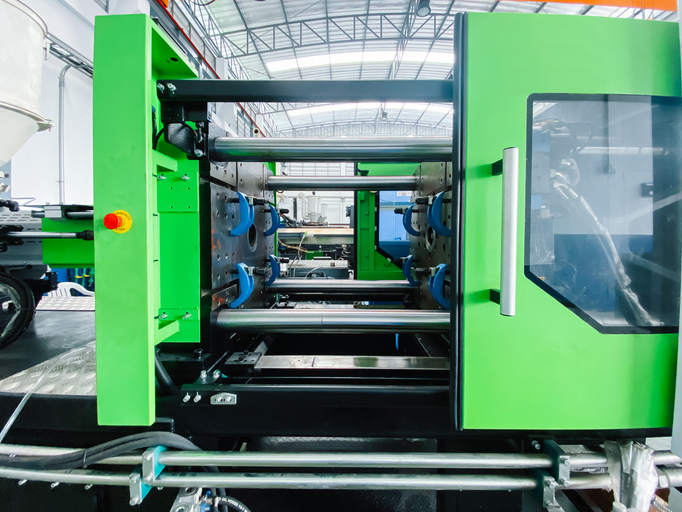Injection molding is widely regarded as one of the fastest and most precise plastic manufacturing processes available today. A highly iterative process, injection molders are capable of mass-producing components that meet tight tolerances, adhere to strict performance standards, and surpass metal parts in both strength and durability. And while traditional injection molding methods are ideal for many applications, some high-end markets (such as the medical industry and others) require more. That’s where scientific injection molding comes in.
What is Scientific Injection Molding
Scientific injection molding is a systematic methodology that employs data and empirical evidence to control and optimize the injection molding process. It involves the use of detailed scientific principles, advanced technologies, and rigorous testing to ensure the production of high-quality plastic parts with minimal variability.
In order to achieve this, injection molders must have a thorough understanding and precise control of key variables and stages in the injection molding process, including but not limited to injection speed and pressure, cooling rate, melt temperature, moisture control, venting, gate design, and ejection speeds.
5 Key Characteristics of Scientific Injection Molding
A Data-Driven Approach
Scientific injection molding utilizes real-time data collection and analysis to monitor and adjust the injection molding process. The method relies on extensive process documentation and statistical analysis to identify optimal processing conditions. An in-house metrology arm (like Omnia Scientific at Octex) enhances these capabilities by empowering the injection molder to perform all of this directly, rather than sending it out to an external partner. This means that the insights collected from the data can be implemented immediately to fine-tune the manufacturing process in real time.
Process Optimization
Injection molders then take the insights gleaned from the data collected to optimize the injection molding process. This often involves making adjustments to key process parameters such as temperature, pressure, injection speed, cooling time, and material selection. Many injection molders may also employ Design of Experiments (DOE) to systematically explore the effects of different variables on part quality and performance.
Advanced Technology Integration
Another key aspect of scientific injection molding is the integration of advanced technology. Injection molders typically use advanced sensors and monitoring equipment to collect precise data and gain valuable feedback from the molding process.
Before production even begins, the process of scientific injection molding also usually involves integrating computer simulation and modeling tools to predict and optimize process outcomes. This helps ensure that full-scale production is as efficient, fast, and precise as possible.
Scientific Methodology
As the name implies, scientific injection molding generally follows a structured approach to problem-solving, including hypothesis testing, experimentation, and validation. Emphasis is placed on maximizing repeatability and reproducibility in the production process. This, in turn, enables injection molders to manufacture large quantities of precise, identical parts without compromising on quality, performance, or dimensional accuracy.
Quality Assurance
And finally, one of the hallmarks of scientific injection molding is the implementation of rigorous quality control measures, including in-process inspections and post-production testing. The aim of this method is zero defects and high precision in manufactured parts.
What are the Benefits?
The advantages that scientific injection molding brings to the manufacturing process are almost innumerable, but the most noticeable ones for many injection molding clients are:
- Improved Part Quality—higher precision and consistency in manufactured parts
- Increased Efficiency—reduced cycle times and material waste
- Enhanced Problem-Solving—ability to quickly identify and correct process issues
- Cost Savings—lower production costs due to optimized processes and reduced scrap rates
- Regulatory Compliance—better compliance with industry standards and regulations, especially important in sectors like medical devices
Experience the Difference of a Scientific Approach with Octex
At Octex, we have built our business around the concept of scientific injection molding. We specialize in providing injection molding solutions for high-end industries and those that need complex components from our Florida-based facilities. Our metrology arm, Omnia Scientific, allows us to collect and analyze data on-site, so we can optimize your process in real time and deliver the most efficient and accurate manufacturing process possible.
Our services extend beyond injection molding—we also offer value-add services including in-house tooling, pad-printing, assembly and packaging, and more.
Get in touch with us today and experience the impact that scientific injection molding can have on your business.

